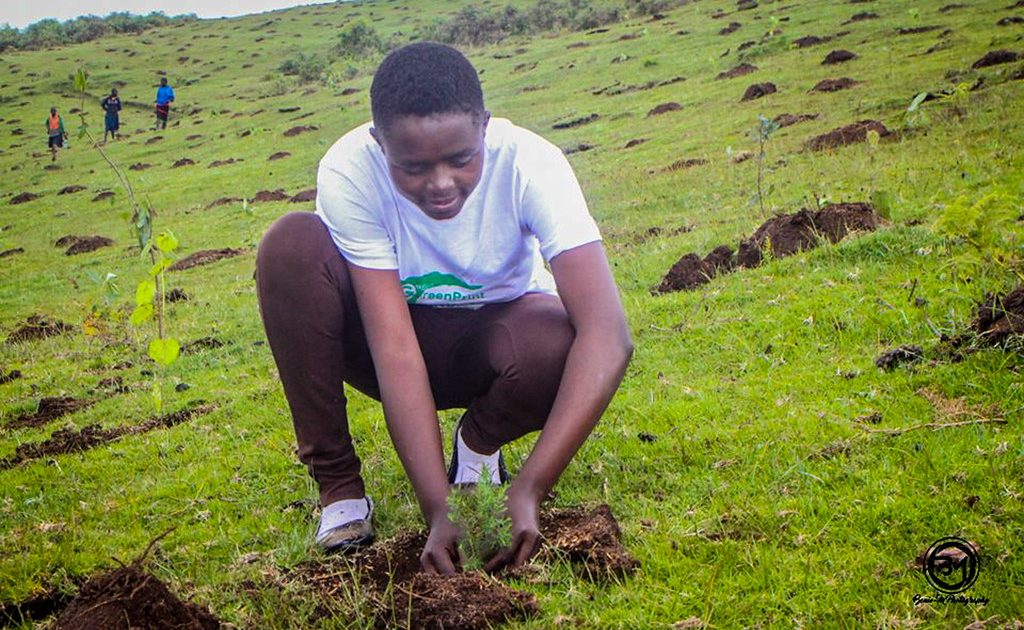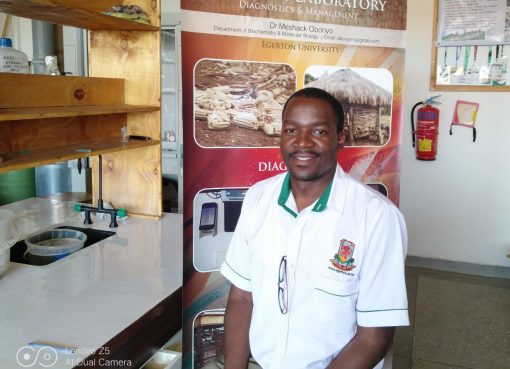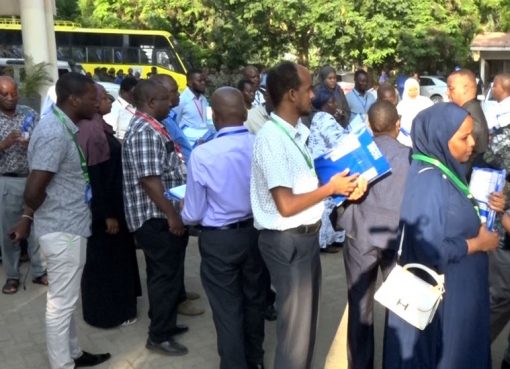The State has been petitioned to lease idle government land to private companies, women and youth groups for tree planting.
The Executive Director of Multi Touch International (MTI) Christine Wangari said this would boost the government plans to plant 15 billion trees by 2032, a programme aimed at reaching 30 percent of tree cover to restore and conserve Kenya’s 10.6 million hectares of degraded landscapes and ecosystems.
Ms Wangari observed that while the global appeal is to plant more trees, in line with the United Nations’ Sustainable Development Goals, Kenyans are cutting down 50,000 hectares of trees annually for timber, firewood and charcoal or to create space for farming and construction.
“A clean environment has an impact on food security, health outcomes, affordable housing and growing the manufacturing sector. The starting point is to improve public awareness among the youth on the link between the environment and their daily fortunes and sufferings,” said the Executive Director.
He continued: “The government needs to intensify civic education and public participation to influence and mobilize Kenyans to realize its target of planting 15 billion trees by 2030.”
Environmental conservation activities, if well tapped, she noted would create decent jobs for the youth especially in rural areas and increase food production, thereby contributing to effectively achieving Sustainable Development Goal 1(no poverty) and SDG 2 (zero hunger) by 2030.
Ms Wangari indicated that the most urgent justification for reforestation was the restoration and preservation of critical water towers to guarantee water security and as a result attain food security and sustain hydropower generation.
In a press conference in Nakuru the environmentalist indicated that Kenya loses about 12,000 of its 4.6 million hectares of forest land every year due to a combination of rising demand for wood fuel and charcoal, a growing population, the spread of infrastructure and the conversion of forests into commercial farm land.
While noting that just less than 10 percent of Kenya is forested, Ms Wangari indicated that the deterioration of Kenya’s watersheds risks water security, the sustainability of wildlife and livelihoods linked to agriculture and pastoralism.
“Around four to five million Kenyans benefit directly from forests that also provide a host of goods that have not been marketed for example biodiversity, carbon sequestration and slower land degradation. Three quarters of Kenya’s renewable water surface comes from forested land,” noted the environmentalist.
She however warned; “Critical watersheds are degrading rapidly due to poor land use practices, deforestation and encroachment on riparian land.”
Ms Wangari stated that Multi-Touch International (MTI) in collaboration with communities, volunteers and professionals had planted more than 3.7 million seedlings of indigenous and exotic trees in riparian areas, schools and national parks within Nakuru County.
The Executive Director indicated that 100,000 jobs could be created through production of high value tree species including diversification of species such as Prunus Africanas, saddle wood, commercial bamboo, Muringa, avocados, mangoes, oranges, grapes, cherries, sapota, kiwi, cashew, cocoa, palm oil, coconuts, almonds, walnuts, olives, dates, and medicinal trees among others.
“An additional 300,000 jobs can be created through the National afforestation programs targeting gazetted forests, numerous riparian zones including schools, parks, wildlife reserves among others. The expansive Galana Kulalu irrigation project can yield an additional 400,000 jobs by yielding over 40 billion high value tree species to mitigate deforestation, desertification and climate change,” she added.
Ms Wangari affirmed that protecting forests was one of the cheapest and most effective ways to curb climate change because trees suck from the atmosphere, the main gas heating up the planet.
The slow rate of increase of forest cover has been attributed to unregulated charcoal production, felling of indigenous tree species, overgrazing, increased human settlements, unsustainable use of wood products and poverty despite intensive tree planting campaigns by the State, corporates and organizations.
Ms Wangari stated that effects of climate change have also exacerbated further deforestation, land degradation and biodiversity loss.
The United Nations recommends that a country’s tree cover should, on the lower side, be 10 per cent of the land surface area. Estimates put Kenya’s forest cover at about six per cent of the land areas, which is way much below international standards, hence the need to increase the cover.
The environmentalist noted that Kenya’s receding tree cover has resulted in rivers drying up, negative effects on the Country’s biodiversity and a reduced carbon sink, leading to global warming.
An estimated 107,000 hectares of forest, about 25 per cent of the Mau Forest, have been destroyed in the past 20 years. Moreover, demand for agricultural expansion, human settlements and infrastructure development threatens our tree cover and forests.
“With this knowledge, it is incumbent upon every Kenyan of goodwill to at least plant a tree. Yet, even as we plant trees, it should not be lost on us that planting only marks the beginning of a long process until the tree matures. That demands that for each tree planted, there must be deliberate efforts to water the seedling until it stabilizes and starts to blossom,” elaborated the environmentalist
Deforestation can accelerate climate change by releasing carbon dioxide into the atmosphere and increasing soil erosion and desertification.
The negative effects of deforestation on the country’s public health, agriculture, fishing, and other industries cost the Kenyan economy Sh5.8 billion in a year, according to one United Nations study.
In addition to helping mitigate climate change, trees have many practical advantages for farmers. Certain varieties, such as grevillea, can benefit the soil when grown alongside staple food crops. The wood can be a source of income if farmers cut and replant their trees after a few years.
By Emily Kadzo and Dennis Rasto





